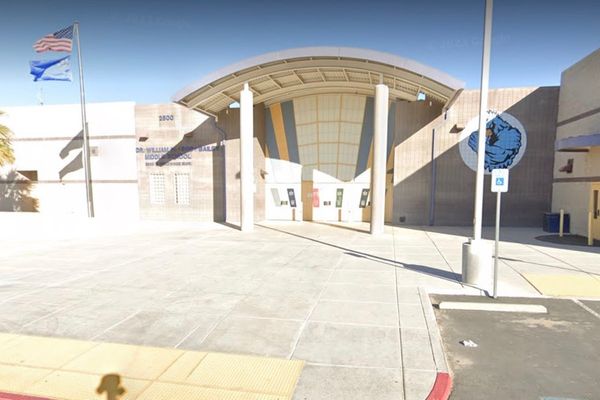
Imagine: it’s the last week before Christmas and the UK’s airports are heaving.
At London Gatwick airport, the second-busiest in the nation after Gatwick, many hundreds of thousands of passengers are set to pass through on journeys to see loved ones or to escape to the sunshine, snow or some exciting city.
But on the evening of 19 December 2018, all flights at Gatwick airport were halted because a drone was sighted close to the runway. Over the following three days, more than 1,000 flights were cancelled – with 150,000 passengers having their travel plans torn up.
Talk us through that extraordinary time…
Between 19 and 21 December, two “unmanned aerial vehicles” closed the world’s busiest runway for 33 hours, across three days.
The aviation industry is extraordinarily safe, and no significant risk is tolerated. The closure of Gatwick airport cost airlines around £50m in lost revenue and passenger care costs. But the emotional cost was even higher.
Why are drones so risky for passenger planes?
If an aircraft wing struck a drone, it would probably cause damage but no danger to the plane. But a drone being ingested by an engine could be much riskier.
While bird strikes are relatively frequent, and passenger aircraft are perfectly capable of flying with one engine out of action, there are concerns that a metallic object containing lithium batteries could cause an uncontained failure, with debris impacting on the airframe.
Pilots are also worried about a drone striking an aircraft windscreen, or a helicopter rotor.
Did we ever get to the bottom of what happened?
Sussex Police, which spent nearly £1m investigating the incident, said the drones were flown in 12 separate bursts across the three days. More than 100 “credible witnesses” were interviewed, who were “used to working in a complex airport environment” In other words, these were not merely members of the public who might confuse a normal procedure with a drone.
They included a pilot, airport workers and airport police.
The activity ranged from seven to 45 minutes. “On six of these occasions, witnesses clearly saw two drones operating simultaneously,” say Sussex Police.
Assistant chief constable Dave Miller, head of Operations Command, said: “This was a serious and deliberate criminal act designed to endanger airport operations and the safety of the travelling public.”
Was anyone prosecuted?
No. A couple from Crawley were wrongly arrested in December for the drone attack and released without charge. Months the incident, Chris Woodroofe, then chief operating officer at Gatwick, told BBC’s Panorama: “It was clear that the drone operators had a link into what was going on at the airport.”
Sussex Police said they had identified, researched and ruled out 96 “people of interest”, but concluded “without new information coming to light, there are no further realistic lines of enquiry at this time”.
Could it happen again?
Evidently. In May this year, 12 inbound flights were diverted away from Gatwick for almost an hour while an investigation took place into the suspected drone. But there is better tech available – the kind of kit that keeps Tel Aviv airport in Israel safe – and the likelihood of a wholesale shutdown is thought unlikely.
Sussex Police say: “Measures now available have strengthened our capability to respond to and investigate a similar incident in the future.”







